Urbanization and Population Growth
The ongoing trend of urbanization in North America appears to be a significant driver of the mobility demand market. As more individuals migrate to urban areas, the demand for efficient transportation solutions increases. According to recent data, urban populations in North America are projected to rise by approximately 10% by 2030. This growth necessitates innovative mobility solutions to accommodate the increasing number of commuters. The mobility demand market must adapt to these changes by enhancing public transportation systems and developing new mobility services that cater to densely populated areas. Furthermore, the rise in population density often leads to traffic congestion, which further fuels the need for alternative mobility options, such as ride-sharing and micro-mobility services.
Government Policies and Regulations
Government policies and regulations play a crucial role in shaping the mobility demand market in North America. Legislative measures aimed at reducing carbon emissions and promoting public transportation are becoming more prevalent. For example, various states have introduced incentives for electric vehicle purchases, which could lead to a significant increase in EV adoption. Furthermore, funding for public transit projects is on the rise, with federal investments expected to exceed $100 billion over the next decade. These policies not only encourage the development of sustainable transportation solutions but also create a favorable environment for businesses operating within the mobility demand market to thrive and expand their services.
Changing Consumer Preferences and Lifestyles
The evolving preferences and lifestyles of consumers are driving changes in the mobility demand market in North America. Younger generations, in particular, are showing a preference for shared mobility solutions over traditional car ownership. This shift is reflected in the increasing popularity of ride-sharing services and subscription-based transportation models. Data indicates that the shared mobility market is projected to grow at a CAGR of 20% through 2025. Additionally, the rise of remote work and flexible schedules is altering commuting patterns, leading to a demand for more adaptable and on-demand transportation options. As consumer behaviors continue to evolve, the mobility demand market must respond by offering diverse and flexible solutions that cater to these changing needs.
Technological Advancements in Transportation
Technological advancements are reshaping the mobility demand market in North America. Innovations such as autonomous vehicles, advanced traffic management systems, and mobile applications for ride-hailing services are transforming how people navigate urban environments. The integration of artificial intelligence and machine learning into transportation systems is expected to enhance efficiency and safety. For instance, the market for autonomous vehicles is projected to reach $60 billion by 2030, indicating a substantial shift in consumer preferences towards technology-driven mobility solutions. These advancements not only improve user experience but also contribute to reducing traffic congestion and emissions, thereby aligning with sustainability goals.
Environmental Concerns and Sustainability Initiatives
Growing environmental concerns are increasingly influencing the mobility demand market in North America. As awareness of climate change and pollution rises, consumers are seeking more sustainable transportation options. This shift is evident in the increasing adoption of electric vehicles (EVs) and public transit systems that prioritize eco-friendliness. Data suggests that EV sales in North America are expected to account for 30% of all vehicle sales by 2030. Additionally, cities are implementing policies to promote sustainable mobility, such as expanding bike lanes and enhancing public transportation infrastructure. These initiatives not only address environmental issues but also create opportunities for businesses within the mobility demand market to innovate and offer greener alternatives.


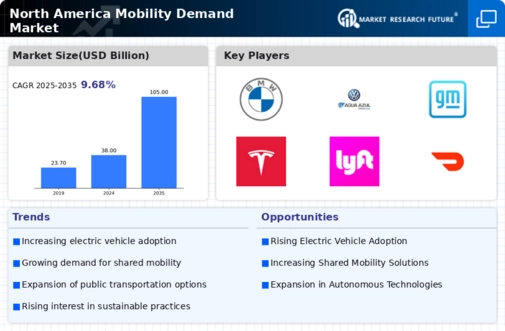
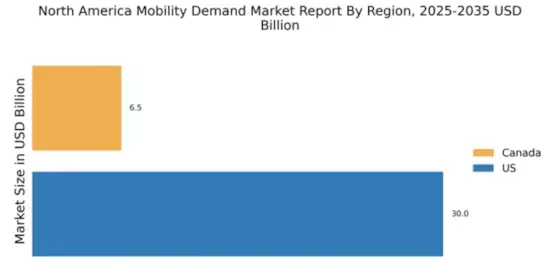
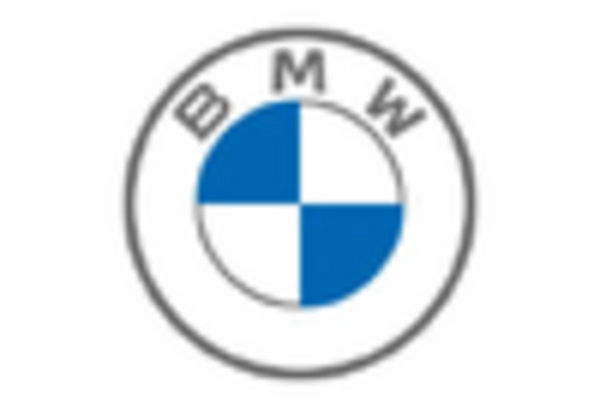
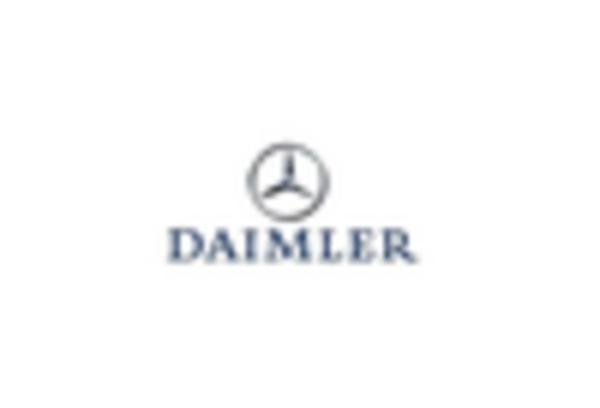

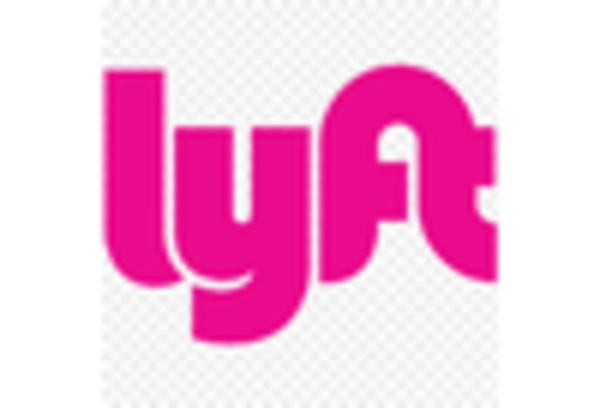
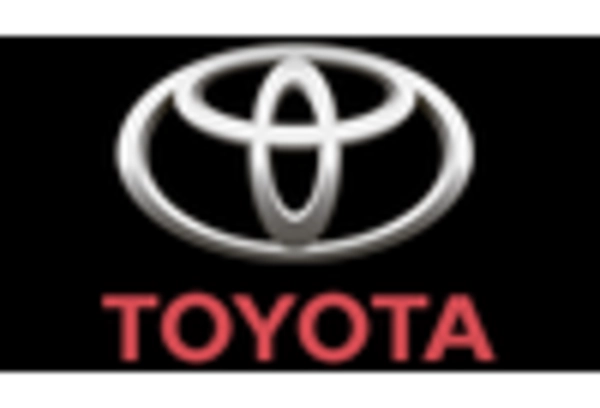
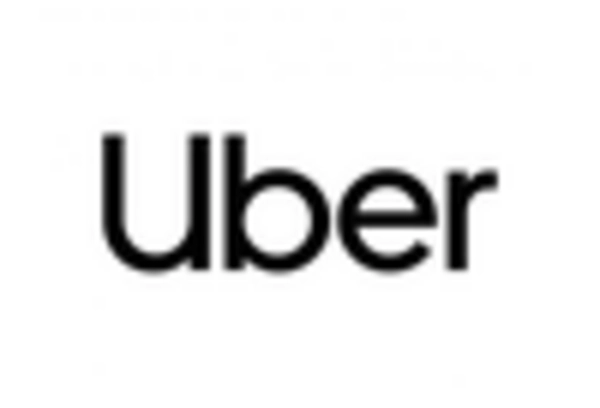








Leave a Comment